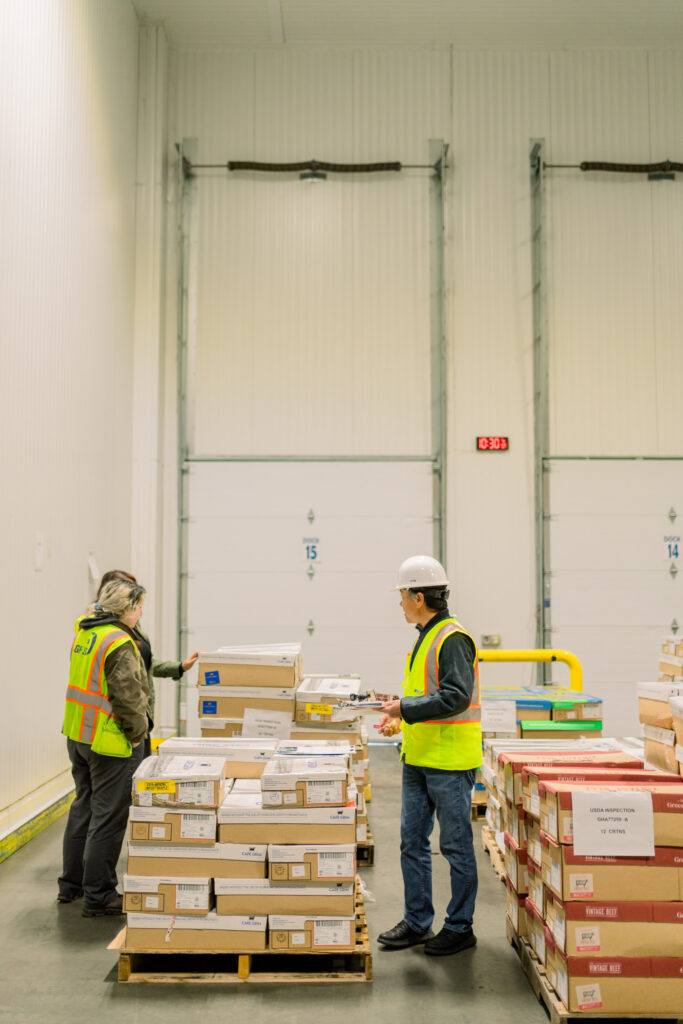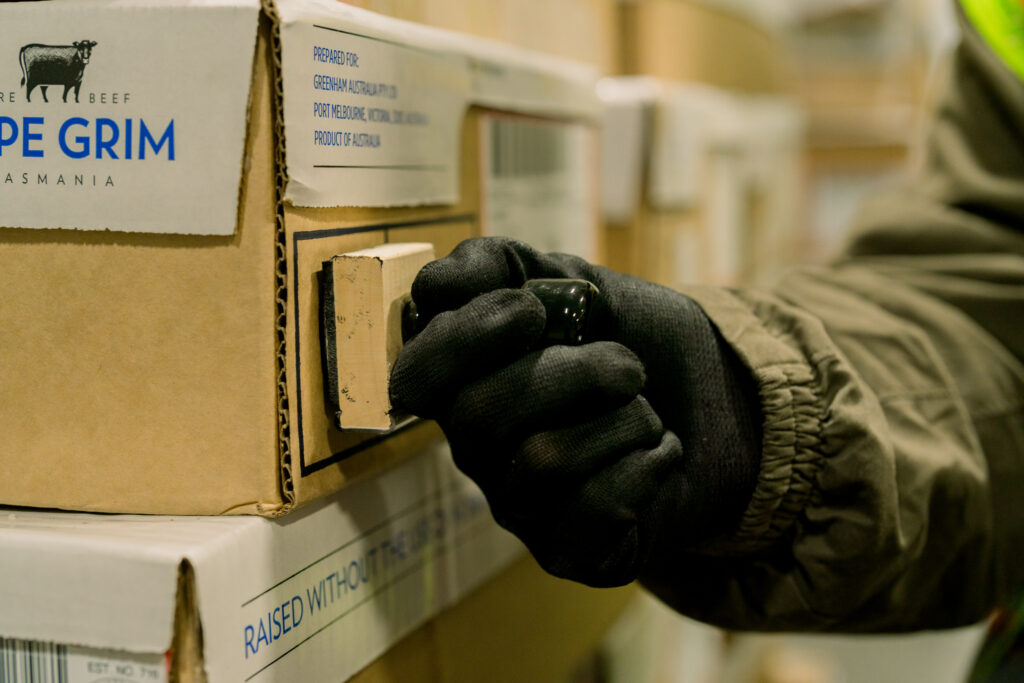Simple Steps to Improve Your Food Supply Chain
A Short Guide for Making Big Impacts with Small Changes
Step 1: Conduct a Comprehensive Supply Chain Audit
- Utilize tools like the SCOR Model for benchmarking against industry standards (Resource: Supply Chain Council).
- Identify inefficiencies and areas for improvement through a detailed process mapping.
Action: Use Lean Six Sigma methodologies to streamline operations (Tutorial: ASQ’s Lean Six Sigma Training).
Step 2: Adopt Advanced Inventory Management Techniques
- Implement a robust inventory management system like NetSuite or Fishbowl Inventory for real-time tracking and data analysis (Comparison guide: Software Advice’s Inventory Management Tools).
- Employ FIFO (First In, First Out) and FEFO (First Expired, First Out) practices to manage stock rotation effectively.
- Action: Schedule monthly inventory audits to maintain data accuracy and operational efficiency.
Step 3: Optimize Logistics and Transportation
- Apply route optimization software like Route4Me or Fleetroot to enhance delivery efficiency.
- Consolidate shipments to maximize load capacity and reduce transportation costs.
- Action: Analyze transportation data monthly to adjust routes and improve fuel efficiency.
Step 4: Strengthen Supplier Collaboration
- Develop strategic partnerships with suppliers to ensure quality and reliability (Guide: Harvard Business Review on Supplier Partnerships).
- Implement collaborative planning and forecasting techniques.
- Action: Conduct quarterly reviews with suppliers to assess performance and explore improvement opportunities.
Step 5: Integrate Cutting-edge Technologies
- Explore IoT applications for real-time tracking of shipments and inventory (Overview: TechTarget’s IoT Applications in Logistics).
- Consider adopting AI for predictive analytics to forecast demand and optimize stock levels.
- Action: Attend annual technology expos like CES to stay updated on new tools and innovations.
Step 6: Provide Targeted Training and Support
- Develop a training program that covers operational best practices, technology use, and problem-solving skills.
- Encourage certifications in supply chain management for key staff (Certification programs: APICS Certification).
- Action: Host bi-annual workshops to refresh skills and introduce new processes.
Step 7: Promote Sustainability in the Supply Chain
- Adopt practices that reduce environmental impact, such as using biodegradable packaging and optimizing warehouse energy efficiency.
- Engage in programs like the EPA’s SmartWay for environmentally cleaner freight transportation (Program details: EPA’s SmartWay).
- Action: Create an annual sustainability report to evaluate progress and set new goals.
NOT ALL BRANDS ARE ONE SIZE FITS ALL.
Need more custom solutions for your brand?
Our in-house logistics experts custom tailor solutions for each of our individual customers.


